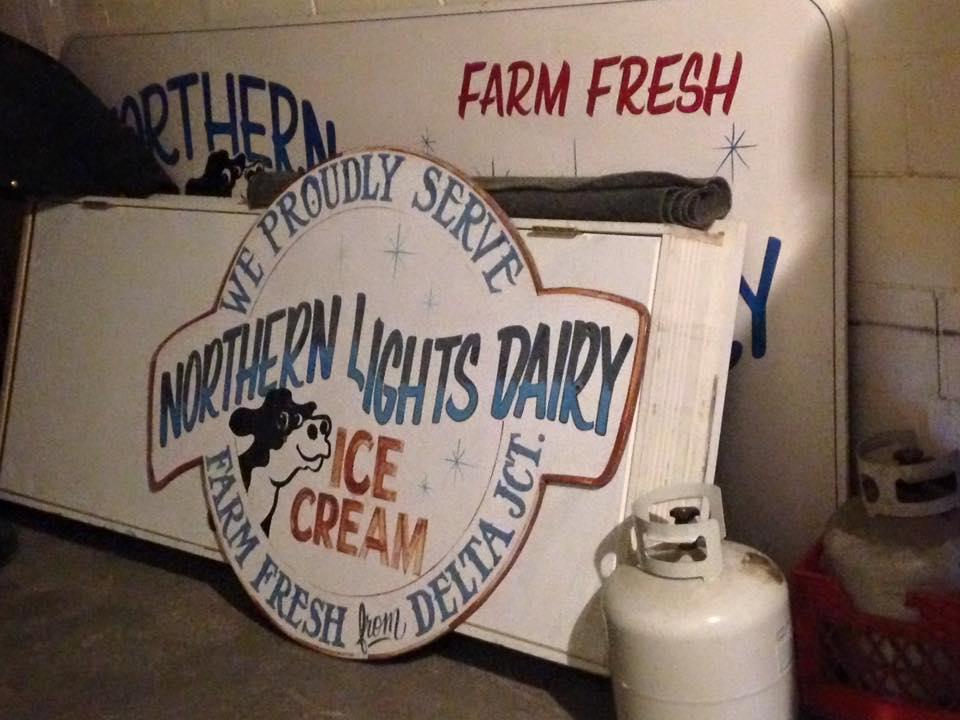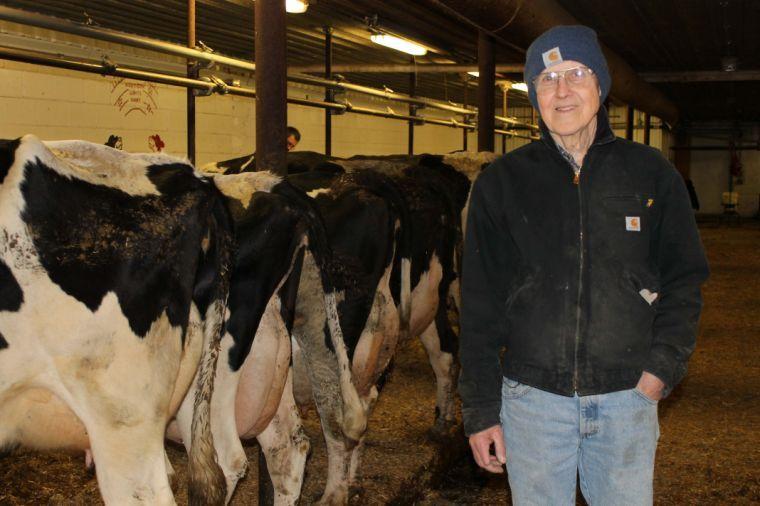
The only commercial dairy in the Interior will soon shut down. The owners of Northern Lights Dairy in Delta Junction, one of Alaska’s two operating dairies, say they’ve decided to close the dairy they’ve operated since 1970 due to a lack of workers and other challenges. Food-security advocates worry that the dairy closure shows Alaska has a long way to go toward the goal of being able to feed ourselves.
Northern Lights Dairy co-owner Lois Lintelman confirmed Monday that she and her husband and co-owner Don Lintelman will shut down operations in the near future. She didn’t want to talk any further about it, and said they’ll announce more information soon.
State Agriculture Division Director Arthur Keyes said Monday he was sad to hear about the closure.
“Agriculture’s a hard industry to be in,” Keyes said. “It’s a challenge.”
Keyes said the closing will leave Alaska with only the Havermeister Dairy, in Palmer.
UAF Agriculture and Forestry Experiment Station Director Milan Shipka said he, too, was disappointed with the news. But he says consumers probably won’t feel much impact from the closure of the only dairy in the Interior.
“The Lintelmans didn’t have a huge sector of the market – I don’t think it’ll have a big impact on what we pay,” Shipka said.
But Shipka said the closure illustrates a more important problem, and that is Alaska’s inability to feed itself. Or, as some say, its lack of “food security.”
“There’s a huge, huge concern about food security in Alaska,” Shipka said.
Shipka said the closure of facilities like the Northern Lights Dairy illustrate the difficulty of farming in Alaska, with its cold weather, high costs and complicated transportation logistics at the end of a long supply chain that originates in the Lower 48.
“We’re at the end of a long chain of movement in order to get food to us,” Shipka said.
Shipka said that chain is vulnerable to such disruptions as flooding, like that which closed the Alaska Highway in June 2012 and halted trucks delivering fresh produce, and mechanical problems that kept a barge from delivering food to the Port of Anchorage in January 2016. Both disruptions delayed deliveries and left many shelves bare for several days.

(UAF Cooperative Extension Service)
“The difference between the Lower 48 and here is that we have one road to get here,” Shipka said, “and we have a limited number of barges that come into Anchorage. We have one port where they can unload.”
Another expert – Danny Consenstein, with the Alaska Food Policy Council – said the state’s food-security problem has grown worse over the past few decades.
“Back in 1955, Alaska produced 55 percent of the food that we ate,” Consenstein said. “And now, in 2017, it’s something like 5 percent.”
Consenstein is a board member of the council, an Anchorage-based nonprofit that’s working to create a healthier and more secure food system in the state.
“That means 95 percent of the food that we eat is imported,” Consenstein said.
Consenstein is also a former state executive director of the U.S. Department of Agriculture’s Farm Service Agency in Alaska. And he said despite that shortfall, there’s growing interest in farming in Alaska that promises to boost the amount of food grown here.
“The number of farms are definitely increasing in Alaska,” Consenstein said. “You look at the number of farmers markets around the state and they’re exploding. Everywhere you go in Alaska there’s a farmers market.”
Consenstein said that’s probably partly due to a growing preference among consumers for locally and sustainably produced food. He conceded farmers that raise livestock for dairy or meat face greater challenges than those that simply grow veggies and fruit. But he said the grow-your-own trend under way in Alaska will help us feed ourselves in the years ahead.
Tim Ellis is a reporter at KUAC in Fairbanks.




